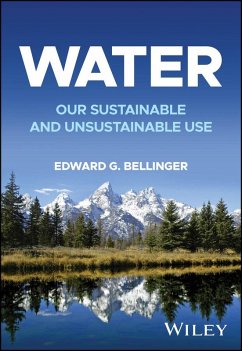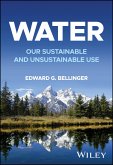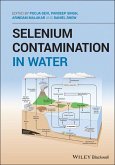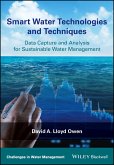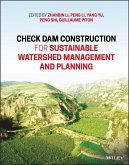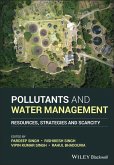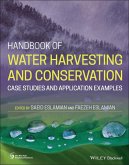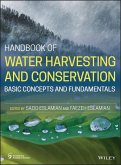A holistic approach to humanity's global use and management of water resources
In Water: Our Sustainable and Unsustainable Use, distinguished environmental researcher Edward Bellinger delivers an unbiased and scientifically accurate exploration of every major area of the management and use of water by human beings. Readers will benefit from a coordinated and holistic approach to the subject, including sections covering needs, availability, governance, public health engineering, economics, the potential effects of climate change, water management, and sustainability, allowing the reader to understand the big picture of global water use under conditions of declining water resources.
Assuming only basic knowledge in hydrology, Water: Our Sustainable and Unsustainable Use is international in scope and includes case studies from across the globe.
The book also offers:
Perfect for undergraduate and graduate students studying hydrology and related subjects, Water: Our Sustainable and Unsustainable Use will also earn a place in the libraries of administrators, regulators, and economists involved in water resources management, as well as conservationists and ecologists.
In Water: Our Sustainable and Unsustainable Use, distinguished environmental researcher Edward Bellinger delivers an unbiased and scientifically accurate exploration of every major area of the management and use of water by human beings. Readers will benefit from a coordinated and holistic approach to the subject, including sections covering needs, availability, governance, public health engineering, economics, the potential effects of climate change, water management, and sustainability, allowing the reader to understand the big picture of global water use under conditions of declining water resources.
Assuming only basic knowledge in hydrology, Water: Our Sustainable and Unsustainable Use is international in scope and includes case studies from across the globe.
The book also offers:
- A thorough introduction to human and ecological water needs and how they interact
- A discussion of available water resources and systemic problems of water quality
- A comprehensive analysis of the human water footprint and factors driving water demand in modern society
- An overview of the technological aspects of drinking water supply and sanitation, as well as the governance and management of water
Perfect for undergraduate and graduate students studying hydrology and related subjects, Water: Our Sustainable and Unsustainable Use will also earn a place in the libraries of administrators, regulators, and economists involved in water resources management, as well as conservationists and ecologists.
Dieser Download kann aus rechtlichen Gründen nur mit Rechnungsadresse in D ausgeliefert werden.

